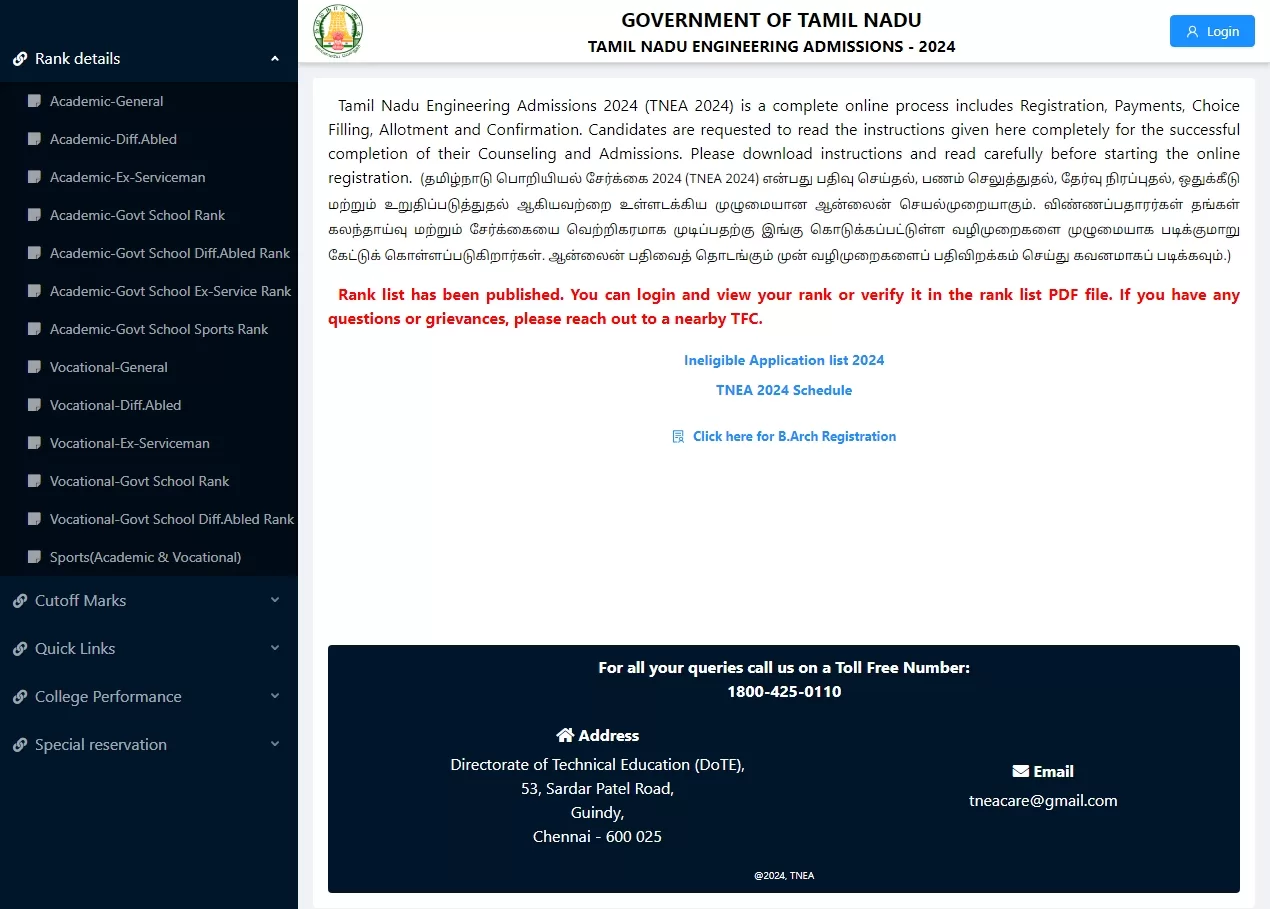Introduction
In today’s digital age, mastering social media marketing is crucial for any business looking to thrive online. Social media platforms offer unique opportunities to engage with your audience, build brand awareness, and drive sales. This guide will walk you through the essential steps to become proficient in social media marketing, from understanding your audience to leveraging influencers and analyzing your results.
Understanding Your Audience
Identifying Your Target Audience
The first step in mastering social media marketing is to know who you’re talking to. Identifying your target audience involves understanding their demographics, interests, and online behaviors. This helps in crafting messages that resonate and engaging content that attracts them.
Creating Customer Personas
Creating detailed customer personas can give you a clearer picture of your ideal customers. These personas should include information such as age, gender, occupation, interests, and pain points. The more detailed your personas, the better you can tailor your content to meet their needs.
Analyzing Audience Behavior
Use analytics tools to study how your audience interacts with your content. Look at metrics such as likes, shares, comments, and click-through rates. This data will help you understand what types of content your audience prefers and when they are most active online.
Setting Clear Goals
Defining Your Social Media Objectives
Set clear, measurable objectives for your social media marketing efforts. Whether it’s increasing brand awareness, driving website traffic, or boosting sales, having specific goals will guide your strategy and help you measure success.
Aligning Goals with Business Strategy
Ensure that your social media goals align with your overall business strategy. This alignment ensures that your efforts contribute to the broader objectives of your business, creating a cohesive and effective marketing plan.
Using SMART Goals
Use the SMART criteria to set your goals: Specific, Measurable, Achievable, Relevant, and Time-bound. For example, instead of saying “increase followers,” aim for “increase Instagram followers by 20% in the next three months.”
Choosing the Right Platforms
Evaluating Different Social Media Platforms
Not all social media platforms are created equal. Evaluate platforms based on where your target audience spends their time. Popular platforms include Facebook, Instagram, Twitter, LinkedIn, and TikTok, each with its unique user base and content style.
Selecting Platforms Based on Audience
Choose platforms that best fit your audience and business goals. If you’re targeting young adults, Instagram and TikTok might be your best bets. For B2B marketing, LinkedIn is a powerful platform.
Diversifying Your Social Media Presence
Don’t put all your eggs in one basket. Diversify your social media presence to reach a broader audience. This also helps mitigate risks if one platform’s algorithm changes or if there are technical issues.
Content Creation Strategies
Types of Content to Create
Create a variety of content types to keep your audience engaged. This can include blog posts, videos, infographics, stories, and live streams. Different formats appeal to different segments of your audience.
Developing a Content Calendar
A content calendar helps you plan and organize your posts in advance. This ensures a consistent posting schedule and allows you to align content with key dates and events.
Balancing Quality and Quantity
While it’s important to post regularly, don’t sacrifice quality for quantity. Focus on creating high-quality content that provides value to your audience. It’s better to post less frequently but with high-quality content than to flood your audience with low-quality posts.
Engaging with Your Audience
Strategies for Engagement
Engagement is key to building a loyal following. Ask questions, encourage discussions, and create interactive content such as polls and quizzes. Show your audience that you value their input and participation.
Responding to Comments and Messages
Promptly respond to comments and messages. This not only shows that you care but also helps build a sense of community. Even negative comments can be opportunities to demonstrate excellent customer service.
Building a Community
Foster a sense of community by creating content that encourages interaction among your followers. Host live events, create group discussions, and highlight user-generated content. A strong community can become your brand’s biggest advocate.
Leveraging Influencers and Partnerships
Identifying Potential Influencers
Influencers can help amplify your message and reach new audiences. Identify influencers who align with your brand values and have a genuine connection with your target audience.
Collaborating with Influencers
Collaborate with influencers to create authentic content. This can include sponsored posts, product reviews, or takeovers. Ensure that the collaboration feels natural and provides value to both parties.
Measuring Influencer Impact
Track the performance of influencer collaborations by monitoring metrics such as engagement rates, follower growth, and website traffic. This helps determine the ROI of your influencer marketing efforts.
Utilizing Paid Advertising
Types of Social Media Ads
Social media ads come in various formats, including image ads, video ads, carousel ads, and sponsored stories. Choose the format that best suits your campaign goals and audience preferences.
Creating Effective Ad Campaigns
Create compelling ad campaigns that capture attention and drive action. Use eye-catching visuals, clear calls-to-action, and relevant messaging. A/B testing can help determine which ads perform best.
Budgeting and ROI Analysis
Set a budget for your social media ads and track the ROI. Use analytics tools to measure the performance of your ads and adjust your budget and strategy accordingly.
Analyzing and Adjusting Your Strategy
Tools for Social Media Analytics
Use tools like Google Analytics, Facebook Insights, and Twitter Analytics to monitor your social media performance. These tools provide valuable insights into your audience’s behavior and engagement levels.
Key Metrics to Track
Track key metrics such as reach, engagement, click-through rates, and conversion rates. These metrics help you understand the effectiveness of your social media efforts and identify areas for improvement.
Adjusting Strategies Based on Data
Use the data you collect to refine your social media strategy. Experiment with different types of content, posting times, and engagement techniques to see what works best for your audience.
SEO and Social Media
Integrating SEO Practices with Social Media
Integrate SEO best practices into your social media strategy. Use relevant keywords in your posts, captions, and hashtags to increase visibility and reach.
Using Keywords in Social Media Posts
Incorporate keywords naturally into your social media content. This not only helps with search engine optimization but also makes your content more discoverable by users searching for related topics.
Enhancing Visibility through Social Media
Boost your online presence by sharing your content across multiple platforms. Engage with other users, join relevant groups, and participate in discussions to increase your visibility.
Crisis Management
Preparing for Social Media Crises
Have a crisis management plan in place to handle potential social media crises. This plan should include steps for identifying, responding to, and resolving issues quickly and effectively.
Responding to Negative Feedback
Address negative feedback promptly and professionally. Acknowledge the issue, offer a solution, and show empathy. Turning negative experiences into positive ones can enhance your brand’s reputation.
Turning Crises into Opportunities
Use crises as opportunities to demonstrate your brand’s values and commitment to customer satisfaction. Transparent communication and swift action can turn a negative situation into a chance to build trust with your audience.
Legal and Ethical Considerations
Understanding Social Media Laws
Familiarize yourself with the laws and regulations governing social media use. This includes advertising standards, copyright laws, and data protection regulations.
Ensuring Ethical Practices
Maintain ethical standards in your social media marketing. Avoid misleading claims, respect user privacy, and be transparent about sponsored content.
Protecting User Privacy
Protect your audience’s privacy by adhering to data protection laws and best practices. Ensure that any personal information collected is used responsibly and securely.
Future Trends in Social Media Marketing
Emerging Platforms and Technologies
Stay informed about emerging social media platforms and technologies. Experiment with new tools and features to stay ahead of the competition and engage your audience in innovative ways.
Predictions for Social Media Evolution
Keep an eye on trends and predictions for the future of social media. Understanding where the industry is headed can help you adapt your strategy and take advantage of new opportunities.
Staying Ahead of Trends
Regularly update your knowledge and skills to stay ahead of social media trends. Attend industry conferences, participate in webinars, and network with other professionals to stay informed and inspired.
Conclusion
Mastering social media marketing is a journey that involves understanding your audience, setting clear goals, creating engaging content, and constantly analyzing and adjusting your strategies. By following this step-by-step guide, you’ll be well on your way to achieving social media success. Start implementing these strategies today and watch your social media presence grow.
FAQs
How can I identify my target audience on social media?
To identify your target audience, analyze your existing customer data, conduct surveys, and use social media analytics tools to understand their demographics, interests, and online behavior.
What types of content work best on different platforms?
Different platforms favor different content types. For example, Instagram is great for visual content like photos and short videos, while LinkedIn is ideal for professional articles and industry news.
How do I measure the success of my social media campaigns?
Measure the success of your campaigns by tracking key metrics such as engagement rates, reach, click-through rates, and conversions. Use analytics tools to gather and analyze this data.
What are the best tools for social media analytics?
Some of the best tools for social media analytics include Google Analytics, Facebook Insights, Twitter Analytics, Hootsuite, and Buffer. These tools provide detailed insights into your social media performance.
How can I handle negative feedback on social media?
Handle negative feedback by responding promptly and professionally. Acknowledge the issue, offer a solution, and show empathy. Turning negative experiences into positive ones can enhance your brand’s reputation.






